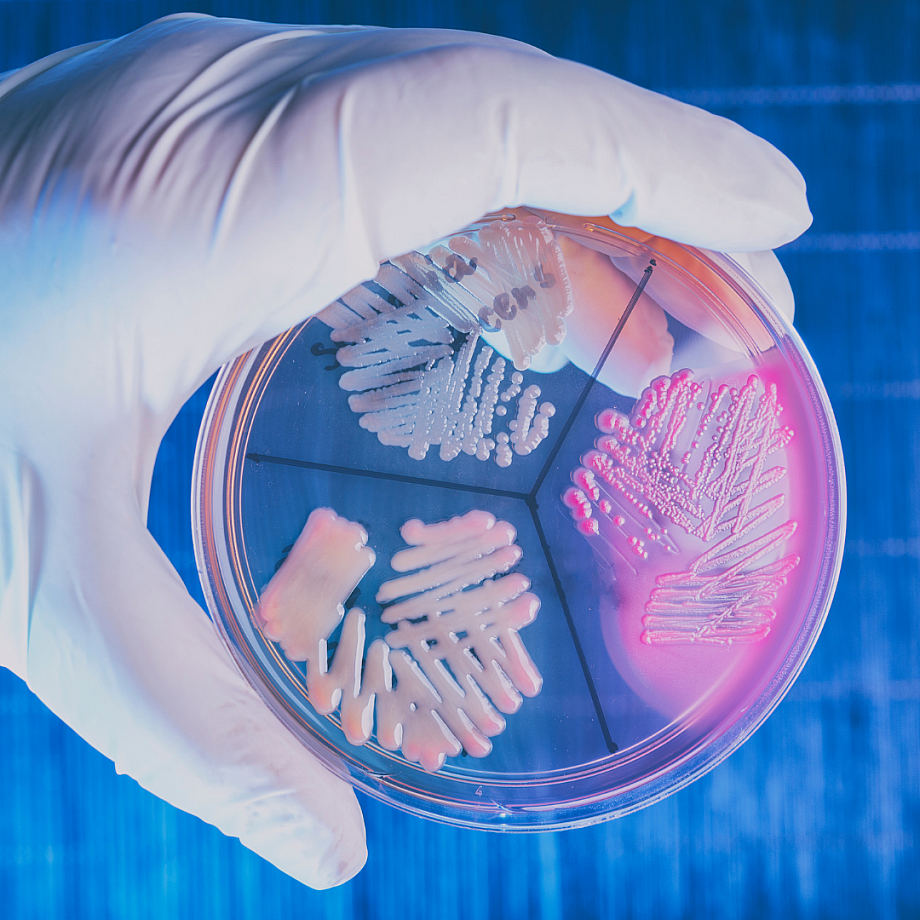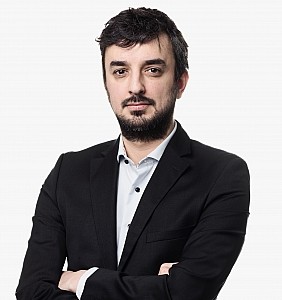Biological Deposits for patents in Europe

What is a biological deposit?
A biological deposit, or a deposit of biological material, refers to the physical deposit of a sample of biological material, such as a microorganism, cell line, or genetic vector, made with a recognized international depositary authority (IDA). The IDA will provide a unique accession number for the deposit, which can be cited in the patent application, in order to refer to the biological deposit.
Why and when can a biological deposit be required when filing patent applications at the European Patent Office (EPO)?
European patent law requires that a claimed invention is disclosed in the application in sufficient detail such that a person skilled in the art could perform or carry out the invention (enablement requirement). In exchange, the patentee will have the right to prevent others from commercially exploiting the invention.
It is not always straightforward to describe a piece of biological material in full detail.
If an invention involves the use of or concerns biological material which is not available to the public, and which cannot adequately be described in words and/or figures, a biological deposit will be required. Such biological material is defined by the EPO as “any material containing genetic information and capable of reproducing itself or being reproduced in a biological system”.
It is important to note that for the purpose of filing a European patent application, the biological deposit must be made before or on the day the patent application (or the priority application) is filed. The details of the deposit should be in the specification. Failing to do so, may cause in a rejection of your application for lack of enablement. This differs from practices in some other jurisdictions, like US, which only requires providing the deposit details upon grant.

Where and by whom should the biological deposit be made?
The biological deposit should be made with a recognized international depositary authority (IDA) that is listed in the Budapest Treaty on the International Recognition of the Deposit of Microorganisms for the Purposes of Patent Procedure. These organizations are authorized by the World Intellectual Property Organization (WIPO) to accept and preserve deposits of biological materials for patent purposes. Examples of such IDAs are the European Collection of Microorganisms (ECM), the Belgian Coordinated Collection of Microorganisms (BCCM), the National Collection of Industrial and Marine Bacteria (NCIMB), or the American Type Culture Collection (ATCC).
When making a deposit, the depositor should provide the depositary authority with all necessary information about the deposited material, such as its scientific name, the conditions under which it was grown, and a sample of the material itself. The depositary authority will then provide the depositor with a certificate of deposit or deposit receipt, which can be used as evidence of the deposit in the patent application process.
The biological material is generally deposited by the applicant of the patent application which refers to the biological deposit. If a third party owns the rights to the biological material and deposits the biological material in their own name, while the applicant is another person or legal entity, a ‘Depositor Authorization document’ must be filed with the patent office. Such depositor authorization authorizes the applicant of the patent application to refer to the deposited biological material in its patent application and at the same time authorizes the applicant to make the deposited material available to the public as from the date of filing of the patent application. Brantsandpatents can assist you in drafting a compliant Depositor Authorization document.
What is the ‘Expert Solution’ and when can it be used?
By default, the deposited biological material referred to in a patent application is made available to the public, implying that any person can request access to the biological material. EPO provides applicants with the option to restrict said access using the ‘Expert Solution’, as long as some necessary formal requirements are met.
By making use of the Expert Solution, the biological deposit will be made available to an independent expert only, therefore not to the requester itself, and usually only after the application is published.
Notwithstanding the use of the Expert Solution, the deposit will be made available as soon as the resulting patent is granted, or from 20 years after the filing of the patent application in case the application is refused or withdrawn.
What information regarding the biological deposit needs to be in the patent application?
When filing a European patent application that involves a biological deposit, at least the following information regarding the deposit should be included in the application:
- “Such relevant information as is available to the applicant on the characteristics of the biological material”. In practice, this is a description of the deposited biological material, such as its scientific name, the conditions under which it was grown, and any other relevant information available to the applicant.
- The patent office must be informed about the name and address of the depositary authority where the deposit was made, in addition to the deposit accession number and deposit date, which are provided by the depositary authority and are indicated on the deposit receipt document. This information is preferably contained in the patent application. As the deposit can be made at the latest at the date of filing the patent application, it is possible that said information is not yet available to the applicant at the time of filing the application. In that case, it is advisable to provide this information to the relevant patent office as soon as possible.
- If the depositor and applicant are different entities or persons, the name and address of the depositor should be indicated in the patent application or should be provided to the relevant patent office as soon as possible, accompanied by the Depositor Authorization document, as discussed before.
A statement can be included in the description that the deposit will be available to the public in accordance with the Budapest Treaty on the International Recognition of the Deposit of Microorganisms for the Purposes of Patent Procedure. As discussed above, it is advisable to include a statement that the deposit should only be made available to an Expert. To meet the formal requirements, the request to make the biological deposit available to an Expert only, should take the form of a written declaration addressed to the EPO – a sole statement in the description is not sufficient.
It's important to note that the EPO may require additional information or evidence regarding the biological deposit, depending on the specific circumstances of the application. In addition, further countries, regions, and/or jurisdictions may have different rules and regulations regarding biological deposits, so it is strongly recommended to seek guidance from a patent attorney when making a deposit and/or when referring to a biological deposit in a patent application.
The Brantsandpatents team has extensive experience in filing and prosecuting patent applications concerning biological material, and is ready to answer any questions you still may have.
Avez-vous une question?
Nous serons heureux de vous aider.
Prenez librement un rendez-vous avec un de nos experts.
Rassurez-vous, vous n'êtes pas seul.
Naviguez dans la FAQ. Avez-vous encore des doutes,
n'hésitez pas à nous contacter.




